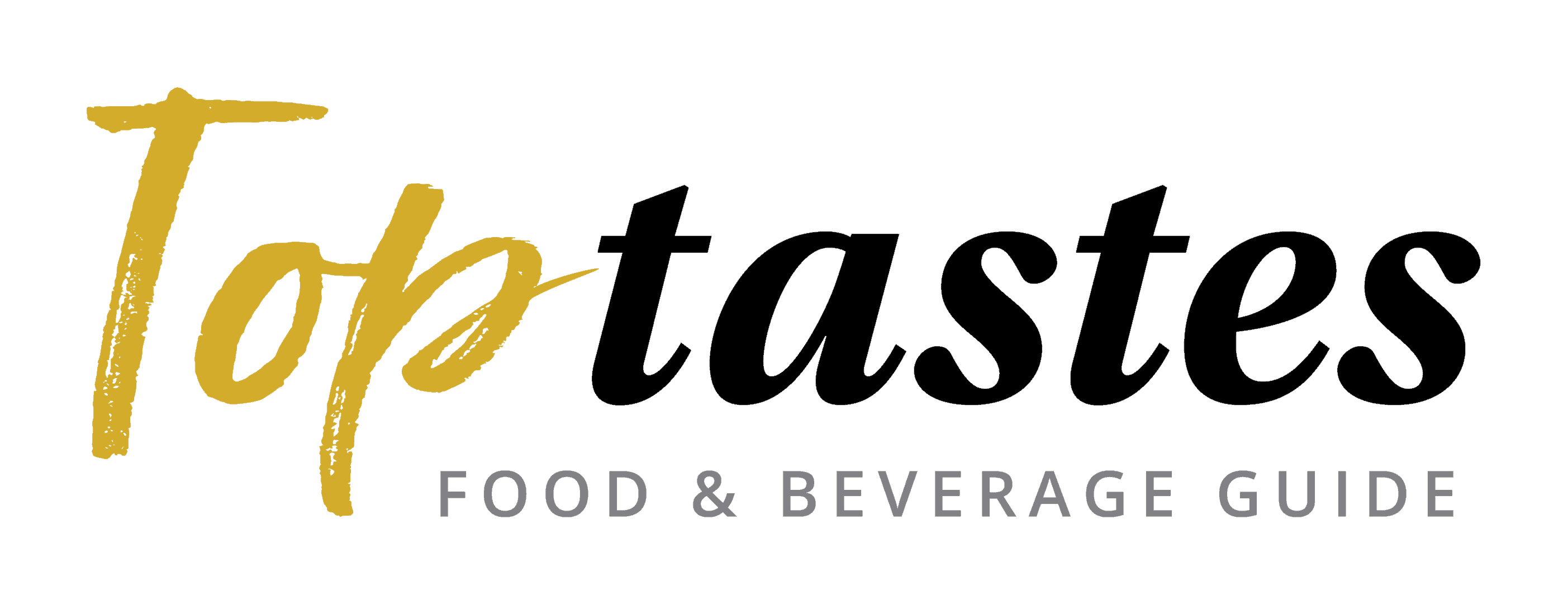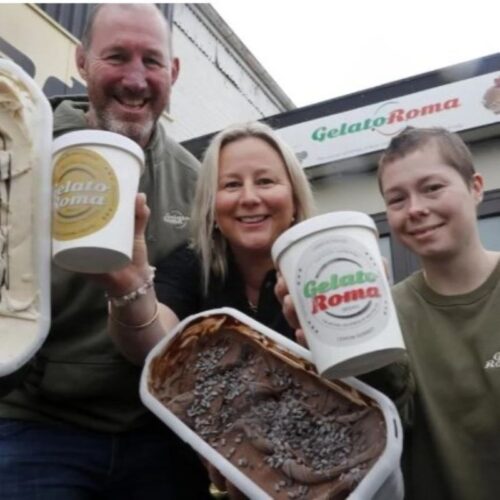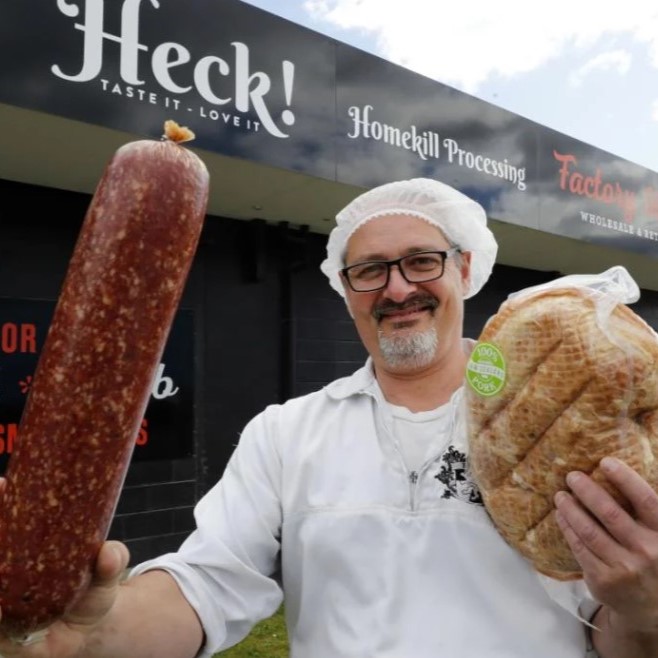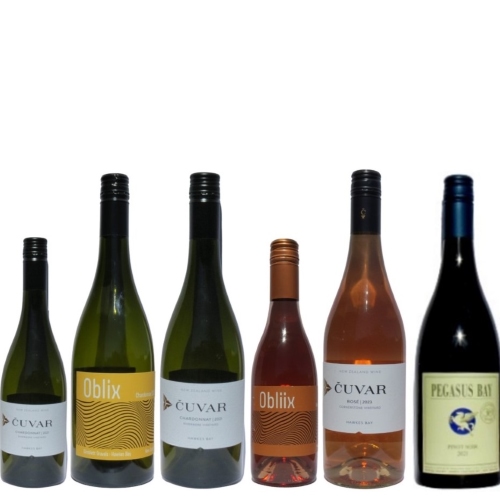The Grapes of Wrath: France's Great Wines Are Feeling the Heat – Pt 2 Adapting to Nature
This article is part two of a series sourced and reproduced from Spiegel Online International and written by Ullrich Fichtner with the original article translated from German to English by Christopher Sultan.
Thanks to Andreas Welte from Sustain-Ability/EcoGrape for bringing it to my attention. The series of three parts discusses the effects of climate change in France and the impact it is having on different regions including Bordeaux, the Rhone and LanguedocThroughout southern France, vintners’ calendars are in turmoil. The ripening periods are constantly getting shorter and the harvest season is arriving ever earlier. Grapes were picked in October in the 1960s, says Guigal, but now the harvest is moving closer to early September. The tried-and-true experiences of old vintners have become meaningless, and traditional rules of thumb, based on decades of weather observations, are now invalid, he says. “You can regret everything,” says Guigal, “or you can roll up your sleeves and get to work.” His plan is to reinvent French wine.
The winegrowing profession has always meant adapting to changes in nature. Today’s French wine has almost nothing in common with the wine that was produced and consumed a century ago. Taste preferences have changed, scientific discoveries have repeatedly revolutionized winegrowing and technical innovations have improved pressing methods.
The strategies of working in a vineyard have changed radically, and vintners know more than ever about ripening processes. In fact, the vintner’s toolbox is well equipped to react to changes in the climate. The biggest challenge is certainly replacing grape varieties, an issue Guigal and his staff are thinking about a lot these days.
But is it getting too warm for Grenache in Châteauneuf? Why not plant Syrah, the variety popularized around the world as Shiraz? What’s wrong with growing late-ripening Cabernet Sauvignon farther to the north in the Rhône Valley? Or perhaps even in Burgundy? Why not move the vines farther uphill to cooler altitudes? Or plant them on the north faces of hills to avoid the sun?
Fear of Change
“I’ll give you an example,” says Guigal. “The Viognier grape was not allowed along the Rhône for a long time. But my grandfather propagated the grape because he believed it was a good fit for the region and produced a wine that was worthy of it. It took a while to convince other winegrowers, and until the people from the appellation changed the rules. Today, 65 percent of white wine from the Rhône is made from Viognier grapes.”
French vintners’ fear of change stems from a fear of losing the character that typifies their wines. The term for it is “terroir,” a colorful and ultimately untranslatable word that sometimes denotes a sense of place. “Perhaps terroir means more than soil,” says Guigal, “more than climate, microclimate, soil, subsoil, savoir-faire, history.” All of these factors are in flux these days and will remain that way, because temperatures will undoubtedly increase by another degree by the end of the century, and that’s under only the most optimistic of scenarios.
That 1 degree, distributed across the remaining 86 years until the turn of the century, would perhaps give winemakers enough time to make the necessary adjustments, to experiment with varieties, and produce adapted wines that could still be good and possibly even great. The only problem is that there is currently little indication that the industrialized nations will reach their climate goals.
Instead, there is every indication that the average temperature could increase by 4 degrees by the 22nd century, or even 6 degrees, as some plausible models have forecasted. In that case, Paris would have a climate like the one that prevails in Cordoba, Spain today. And Châteauneuf-du-Pape would have to contend with weather like North Africa’s today. Winegrowing could become impossible for the simple reason that there would no longer be enough water, or because the grapes would wither on the vine before the harvest.
The Coming Disaster
France’s deep south offers a taste of what’s to come. Water was always scarce in the country’s biggest winegrowing region, Languedoc-Roussillon, but now it rains less than ever between May and September, and the weather as a whole is more erratic than in the past. There are vineyards that don’t exactly look abandoned, but where the grapes on the vines are withered. Many of the region’s vintners complain and say that they’re finished. They say that the problems that are beginning to crop up in Châteauneuf-du-Pape have already taken on disastrous proportions in their region.
Many give up entirely, but the climate isn’t the primary reason. In a world that drinks less and less wine but more high-quality wine, lower-quality winegrowers in poor locations cannot survive. The region along the Mediterranean coast, with its hot hinterlands, has long endured this agonizing structural shift. In the last 20 years alone, output has declined from 29 to 14 million hectoliters. That is still an enormous amount, filling two billion bottles every year. There are 25,000 active winegrowers, and 270 cooperatives — far too many.
Only those who exploit niches, producing top-quality or otherwise special wines, stand a chance of making ends meet in a region like Languedoc-Roussillon. One of them is Isabelle Frère, an alternative vintner who does almost everything differently. She talks to her grapes while working, sings during the harvest and ultimately sees winegrowing as a lifestyle and not a business. To her, it represents an attempt to live in harmony with nature, to pursue meaningful work and perhaps have a little luck in the process. She took over her uncle’s vineyard only eight years ago, six hectares of Grenache, Carignan and Syrah, southern varieties that thrive in granite, sand and gravel, in dry, porous soil.
She took a brief detour before returning to the family business of winemaking, teaching French to immigrants in Paris and spending some time at university there. Ultimately, though, she felt the call of home and began yearning for the hills above the village of Sorède on the far eastern edge of the Pyrenees. The region, so close to the Spanish border, is a world of its own. And on the climate model maps, the region is always colored a dangerous-looking dark red.
‘Of Course This Is Climate Change. It’s Here’
It can get very hot in the summer. But it was always hot, and that was never the problem. “It doesn’t get cold in the winter anymore,” says Frère, 43, a petite but tough woman. Nature and the vines are no longer able to recover, she says. Nights are a similar story. Temperatures no longer drop sufficiently after sundown, which is bad for the plants, which are unable to rest. But, she says, they have to “sleep, just like anything that’s alive.”
And the rain, she says — in the rough voice of someone who smokes a lot of hand-rolled cigarettes, of someone who likes to laugh and have a good time — the rain is a problem. First it doesn’t come for weeks, and then it rains in torrents. This isn’t unusual for the region, she says, “but not like this. Really not like this. Of course this is climate change. It’s here.”
It’s here. On Isabelle Frère’s small estate, called Moulin Cassanyes, it’s no longer a stream of data, not some scientific paper or scenario. It’s no longer a photo of a polar bear on a drifting ice floe, no longer a report in the news about faraway islanders in trouble. Climate change is becoming a tiresomely concrete part of everyday life. It is changing Frère’s life, even threatening her lifestyle, and sometimes it makes her furious to realize that it’s a fate that she can no longer change on her own.
The family estate — actually the servants’ quarters of an estate, with the real manor tucked far behind a grove of trees — has the charm of a Villa Villekulla, the home of fictional character Pippi Longstocking. Frère’s father Sebastian is a working artist, a man with the charisma of a Biblical patriarch. The other residents include a chain-smoking aunt, a domestic partner, three dogs and many cats. There is an enchanted pond surrounded by ancient trees. And then there is the old barn where the wine is made. It contains enormous Inox vats, fermenting vats, hoses, bowls and various other pieces of equipment. Frère switches off the noisy air-conditioner and says: “Press your ear against the vat back there and you’ll hear nature at work.” A delicate rumbling can be heard inside the vat, a sound as dark as distant thunder.
Frère doesn’t add yeast to her wine, preferring to rely on the natural fermenting agents the grapes absorb from the soil. She dispenses with chemistry as much as possible. She uses no herbicides or pesticides, allowing “nature to do its thing,” as she puts it. Fungi, beetles, flies, everything is allowed to live in her vineyard, “because every intervention would only result in a more serious attack. That’s a law.”
Walking through her vineyard, it’s sometimes difficult to recognize that this is a vineyard at all. The vines are overgrown, and they look as if they had been abandoned. But they reflect the philosophy of this biodynamic vintner who believes in the principles of anthroposophy. She prefers to let everything grow, to allow everything to exist. A man like Alain Vauthier from the Bordelais would drop dead at the sight of it.
]]>


